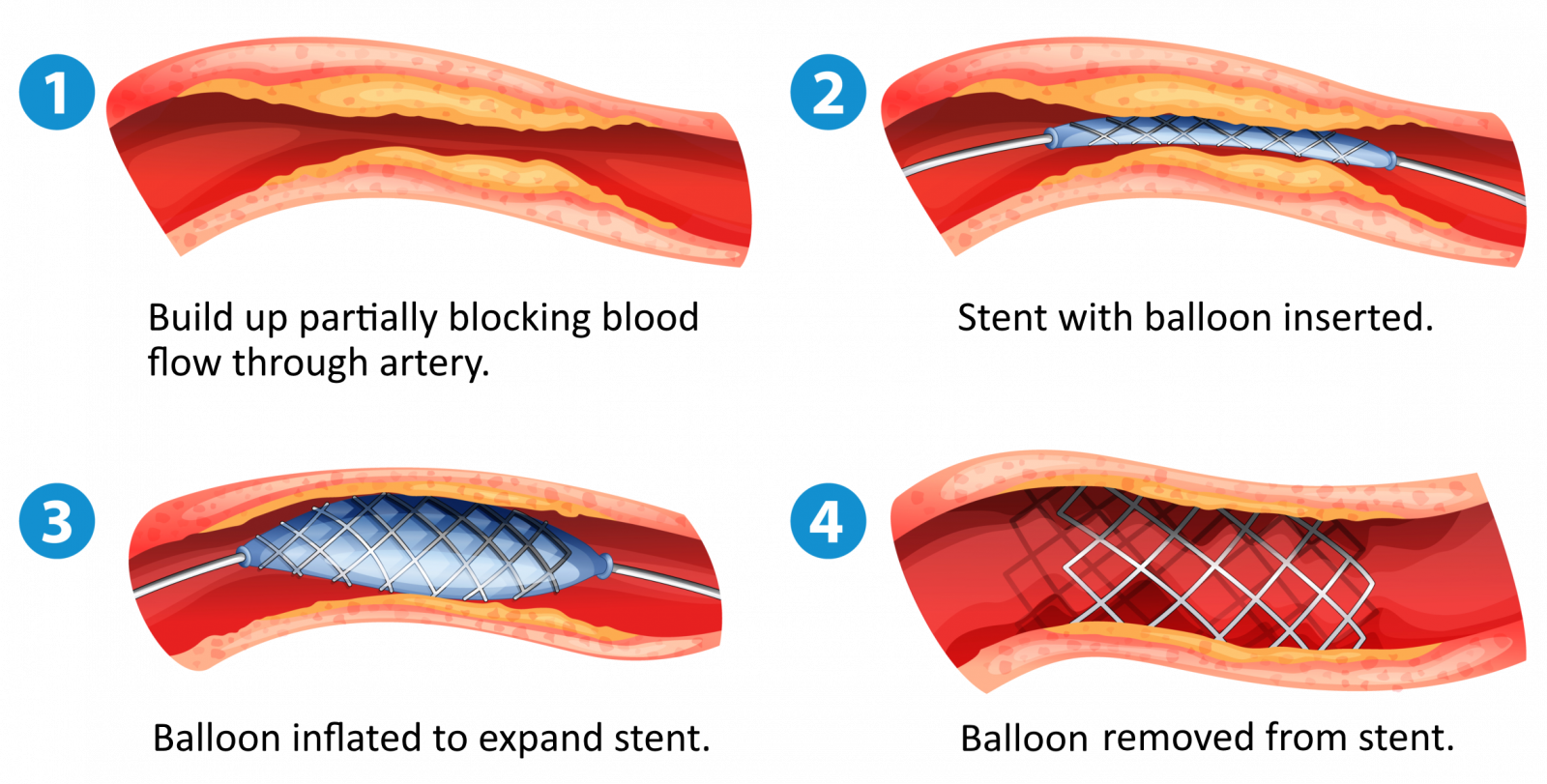Amputation Prevention
AMPUTATION PREVENTION Q & A
Patients with diabetes, peripheral artery disease (PAD), critical limb ischemia (CLI), and/or other conditions that affect circulation in the legs, risk infections that could lead to the loss of a foot or leg. Regular visits to medical experts are the best way to treat recurring circulation issues to prevent serious complications and the need for amputation.
Amputation prevention, also referred to as limb salvage, utilizes advanced treatments including angioplasty, stenting, and atherectomy.
What Is Limb Salvage?
Neuropathy and poor blood circulation are vulnerable to developing wounds and ulcers. Even with wound treatment such as cleaning, antibiotics, and hyperbaric oxygen, underlying conditions can cause these wounds to persist and be slow to heal. This can lead to infection, gangrene, and eventually, the need for amputation.
The goal of limb salvage is to preserve legs and feet by preventing severe infections that could lead to amputation by addressing the root circulation issues.




Why Is Limb Salvage Important?
Limb salvage helps patients live longer, happier lives by preventing the need for amputation. After amputation—the complete or partial removal of a limb—many patients begin to deteriorate rapidly. Statistics show that the mortality rate post amputation is:
- 44% after 1 year
- 66% after 3 years
- 85% after 5 years
What Conditions Require Limb Salvage?
The goal of limb salvage is to prevent the need for amputation. Diabetes, PAD, CLI and other diseases can cause a simple wound on the foot or leg to turn into a significant problem. Limb salvage addresses the underlying causes of the wound or ulcer and provides treatment.
Many lower limb amputations are due to foot ulcers resulting from diabetes complications including:
- Poor circulation
- Neuropathy – loss of feeling in your feet
- Charcot foot – a deformity that forms in some patients with diabetes
- Infections
- Gangrene
- Repetitive trauma – from ill-fitting shoes that cause redness, blisters and eventually sores
Limb Salvage May Prevent Amputation for
Diabetic Ulcers
Ulcers develop in up to 25% of diabetic patients. The longer an ulcer remains unhealed, the more likely it becomes infected. Diabetic foot ulcers complicated by infection often lead to amputation.
PAD
Peripheral arterial disease (PAD) patients are at risk for amputation. PAD occurs when blood flow to the extremities, mainly legs and feet, becomes blocked due to a buildup of plaque in the arteries.
CLI
Critical limb ischemia (CLI) is the most severe form of PAD, causing leg pain at rest, poorly healing foot wounds, or gangrene. Critical limb ischemia increases the risks of limb loss and mortality.
Amputation Prevention (Limb Salvage)
The purpose of limb salvage is to preserve legs and feet and prevent severe infections that could lead to amputation.
Atherectomy
Atherectomy is a minimally invasive procedure to clear plaque that is causing a blockage in arteries. Atherectomy usually takes place at the same time as angioplasty. The three types of atherectomy are:
- Orbital atherectomy involves the use of a small burr, like fine sandpaper, which rubs down the plaque from the inside of the arteries
- Rotational atherectomy uses a catheter, a small tube, that is equipped with a spinning blade to cut the plaque from the artery walls and suck it away.
- Laser atherectomy also uses a small catheter, but this time it sends out a high-energy light beam that destroys the blockage inside the arteries.
Atherectomy enables removal of plaque inside the arteries, preventing the need for complex open surgery. Physical removal of plaque buildup offers the best chance of long-lasting results.
Angioplasty
Angioplasty is a minimally invasive technique to open peripheral arteries or blood vessels in legs that are narrowed or blocked. Physicians use a balloon of medical grade material that inflates inside the vein to expand the space and improve the flow of blood.
Stenting
Angioplasty often involves using a stent as well, a small tube made of mesh that fits into place in the artery to hold it open.


What to Expect from Limb Salvage?
Minimally invasive treatments for limb salvage are safe and effective with high success rates. Undergoing these treatments to improve circulation can make a significant difference in the likelihood of a patient facing amputation in the future. In fact, studies show up to 80% of patients avoided surgical amputation after being told it was required for their situation.


631 West Avenue Q, Suite A
Palmdale, CA 93551
Phone 661-480-5956
Fax 661-480-5976
Hours
- Monday–Friday
8 am – 5pm
Resources
Connect

